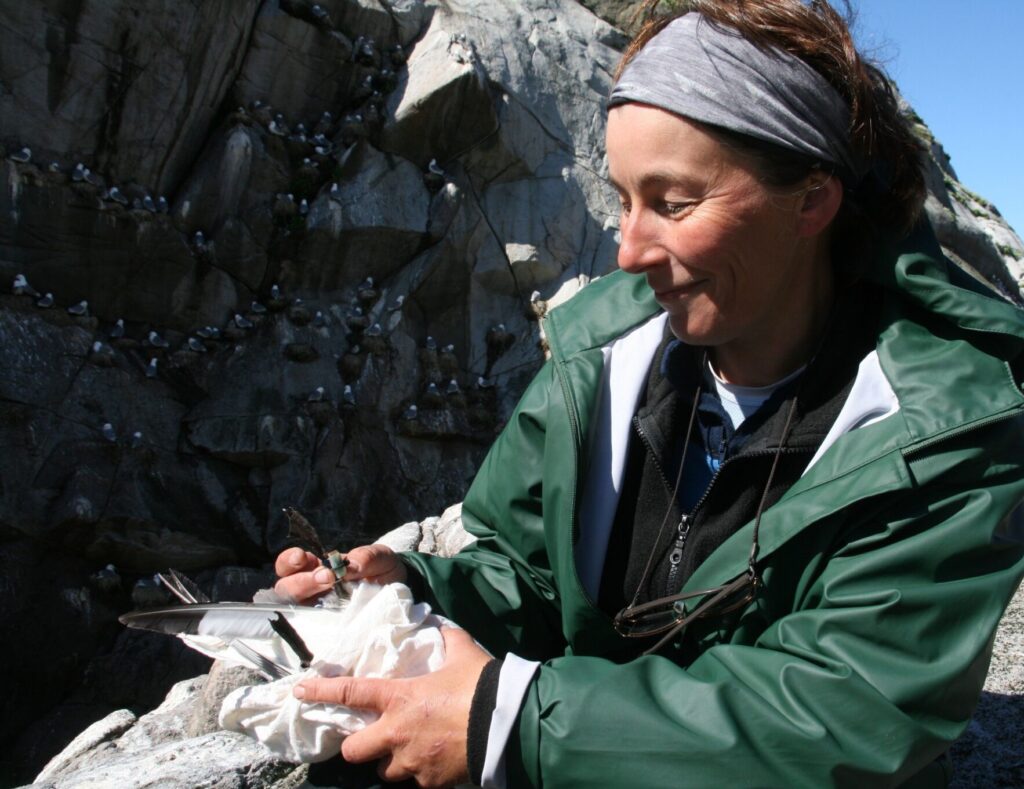Important seabird protection area established in the North Atlantic
The largest seabird protection area to date in the Northeast Atlantic was established on 1 October this year. Data from SEAPOP and SEATRACK have been important in the process of forming the area, which is an essential food source for seabirds from several regions.
International agreement
Fifteen European countries, including Norway, have agreed to establish a large seabird protection area in the NE Atlantic Ocean. The agreement was reached in Portugal on 1 October 2021 during the Ministers’ Meeting for the members of the OSPAR convention. OSPAR is an international agreement for the protection of the marine environment in the Northeast Atlantic Ocean.
Food source
The protected area has been named North Atlantic Current and Evlanov Sea basin Marine Protected Area (NACES MPA) and covers 595 196 km2 – an area larger than the land mass of the United Kingdom and Germany combined. It is located near the middle of the North Atlantic, west of Ireland, southwest of Iceland and south of Greenland. The area was chosen because the ocean currents and feeding conditions there make it particularly suitable for different seabirds, including those breeding on the coasts and islands in and around the North Atlantic and those migrating through the area.
Provider of knowledge
SEAPOP and SEATRACK have contributed significantly with data and knowledge as a basis for the new protection area. Through systematic tracking of seabird populations in the North Atlantic over several years using GLS tags, the whereabouts of the birds in winter have been mapped. The establishment of the protection area is an example of how the results of this research contributes to strengthen the conservation of this threatened group of species.
The research leading to establishment of the NACES MPA is also summarized the magazine Scientific American, and you can read the article here.

Contact person: Hallvard Strøm, Norwegian Polar Institute